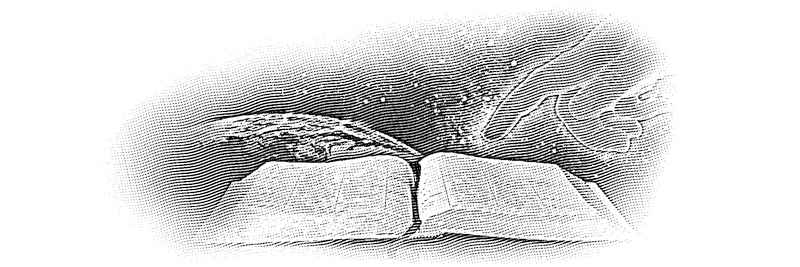Lição 10, 30 de Maio a 05 de Junho
Sábado à tarde
VERSO PARA MEMORIZAR: “Eu sou o Senhor, teu Deus, que te tirei da terra do Egito, da casa da servidão.” Êxodo 20:2 (veja também Deuteronómio 5:6)
LEITURAS DA SEMANA: 1 Samuel 17; Isaías 36:1-3; 37:14-38; Daniel 1; 5; Mateus 26:57-67; Hebreus 11:1-40
A Bíblia é constituída na História. A história bíblica move-se numa direcção linear de um início definido, quando Deus criou todas as coisas, para um objectivo final, quando Ele vai restaurar a Terra na Sua segunda vinda.
A natureza histórica das Escrituras é uma característica que as distinguem dos livros “sagrados” de outras religiões. A Bíblia admite um Deus, que age pessoalmente na História; ela não tenta provar essa existência. No princípio, Deus falou, e a vida foi criada na Terra (Génesis 1:1-31). Ele chamou Abrão do meio dos caldeus. Ele libertou o Seu povo da escravidão do Egito. Ele escreveu os Dez Mandamentos em tábuas de pedra com o Seu próprio dedo (Êxodo 31:18). Ele enviou profetas e juízos. Chamou o povo a viver e partilhar a Sua Lei divina e o plano da salvação com outras nações. Por fim, Ele enviou o Seu Filho Jesus Cristo ao mundo, dividindo assim a História para sempre.
Nesta semana, vamos examinar algumas das principais questões da História, conforme retratadas na Bíblia, e vamos perceber algumas evidências arqueológicas que ajudam a sustentar a História expressa nas Escrituras.














